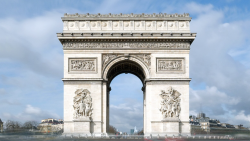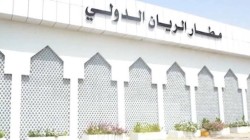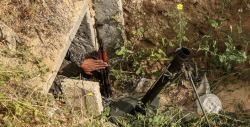Iraq after Soleimani: What is the future for US troops?
- 2020-01-25 17:49:45


 Pierre Rayer: Art, Science, and Happiness: The Universal Mission of Transmission to Future Generations through Patronage at the Louvre Abu Dhabi
Pierre Rayer: Art, Science, and Happiness: The Universal Mission of Transmission to Future Generations through Patronage at the Louvre Abu Dhabi Ahly crowned Super champions after dramatic extra-time win over Modern Future FC
Ahly crowned Super champions after dramatic extra-time win over Modern Future FC Yemeni Honey..A Development Wealth Threatened By Conflict And Climate Change
Yemeni Honey..A Development Wealth Threatened By Conflict And Climate Change California wildfires: Millions warned of possible power cut
California wildfires: Millions warned of possible power cut Central African rebels launch attacks near capital
Central African rebels launch attacks near capital Maersk to Resume Shipping Through Red Sea and Bab al-Mandeb After Months of Houthi Threats
Maersk to Resume Shipping Through Red Sea and Bab al-Mandeb After Months of Houthi Threats 3 Arrested in Paris Suspected of Spying and Acting for Russia
3 Arrested in Paris Suspected of Spying and Acting for Russia Yemen Enhances Preparedness at Riyan Airport Against Marburg
Yemen Enhances Preparedness at Riyan Airport Against Marburg IDF says it killed 5 gunmen in Rafah area where dozens of Hamas operatives holed up in tunnels
IDF says it killed 5 gunmen in Rafah area where dozens of Hamas operatives holed up in tunnels Paris Forum: Trump’s Terror Designation of the Muslim Brotherhood Aligns with Europe’s Growing Pushback
Paris Forum: Trump’s Terror Designation of the Muslim Brotherhood Aligns with Europe’s Growing Pushback
